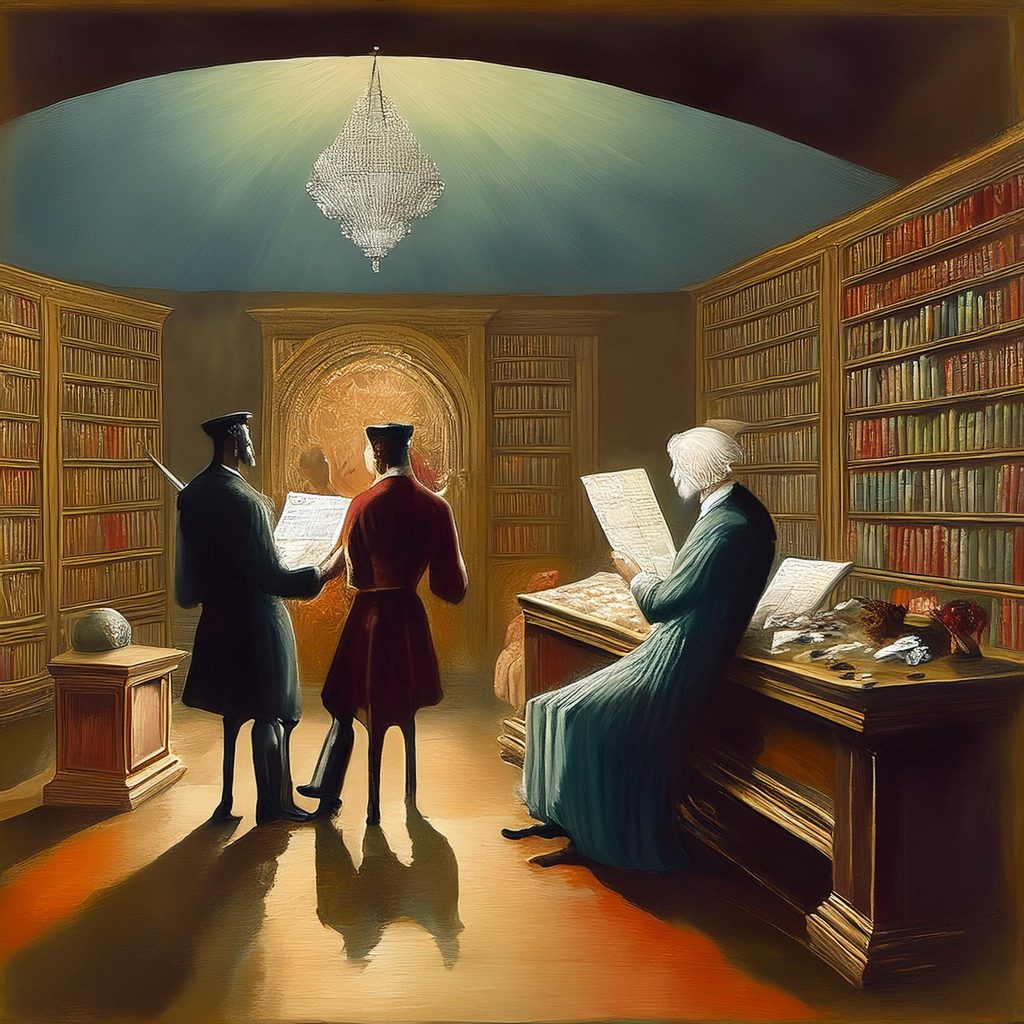It is estimated that 15% of all books ever written are in the public domain, an additional 10% of currently published books fall into this category. This means that anyone can use these works as resources without seeking any kind of permission. Also considered public domain are the literary creations of the U.S. government and every other government throughout the world.
Resources that are in the public domain can be invaluable for people who are trying to produce informational items, like eBooks, articles, and guides. For instance, classic tales such as “Snow White” and “The Little Mermaid” were originally works of public domain that were turned into blockbuster films by Disney.
The wide array of subjects found in the public domain includes, but is by no means limited to, the following:
– Bookkeeping
– Health
– Advertising
– Athletics
– Tourism
– Style
– Food
For public domain content to be used effectively, it must first be confirmed as actually residing in the public domain. Not everything that looks like it might be in the public domain is. A good rule of thumb is to never trust anything unless you see its public domain status not only asserted but also documented with a reliable public domain work.
Public domain content comes in various types, such as:
1. General information (numbers, statistics, etc.)
2. Author-made materials that are unprotected by copyright due to their public nature
3. Products of the federal government that are public by law
4. Formerly copyrighted materials that are now commonly available and used
Finding public domain content is like uncovering a treasure trove of information that can be turned into all sorts of valuable products.




